Fun fact: In the World Chess Championship in 1972, Boris Spassky and Bobby Fischer played 20 games out of 21 (Fischer didn't play Game 2). Amongst the 20 games, 11 chess matches ended up in a draw.
Moral of the story: You may be a world champion, but you would still need to know how to claim a draw in chess. Consider a draw as a life-jacket of the chess game. Everybody needs that when the boat is sinking.
Dear readers, without any delay, let's begin with what is a draw in chess.
- What is a Draw in Chess?
- 5 Types of Draw
- Conclusion
- FAQ
What is a Draw in Chess?
A draw in chess is a game-ending in which neither of the two players win or lose the game.
In other words, when a game is declared "drawn," it means nobody won the game. There is neither a winner nor a loser; both the players stand in the same position earning the same score.
The term "draw" means tie in a chess game.
1. Is it Possible to Checkmate the King in a Drawn Game?
No, it's not possible to checkmate the opponent's king in a drawn game. Why? Because a draw in a chess game means the game has come to an end, and neither of the players is victorious.
And, once a game has ended, there is no opportunity to check or checkmate the enemy player's king. Moreover, a game ends in a draw only when there's no legal possibility of checkmate.
In simpler words, the sole reason behind a drawn game is the impossibility of any legal moves. If you still try to checkmate the enemy king after the game is declared draw, you're breaking FIDE's rules and you're playing an illegal game.
2) What is the Score in a Drawn Game?
Each player receives 1/2 score in a drawn game.
3) Why do Grandmasters Draw?
Is a Draw Helpful? Yes, a draw is helpful, especially if you're playing against an experienced player than you.
Sometimes, even Grandmasters benefit from achieving a draw if they've started the game on the wrong foot or miserably getting beaten in the middlegame.
For instance, in the round 10 of the FIDE Candidates Tournament 2022, GM Ian Nepomniachtchi ended up a dead-endgame against GM Rajabov. Later on, both the players decided to draw by agreement.
To know more about what is a draw in chess, try to learn the types of draw and how to claim them.
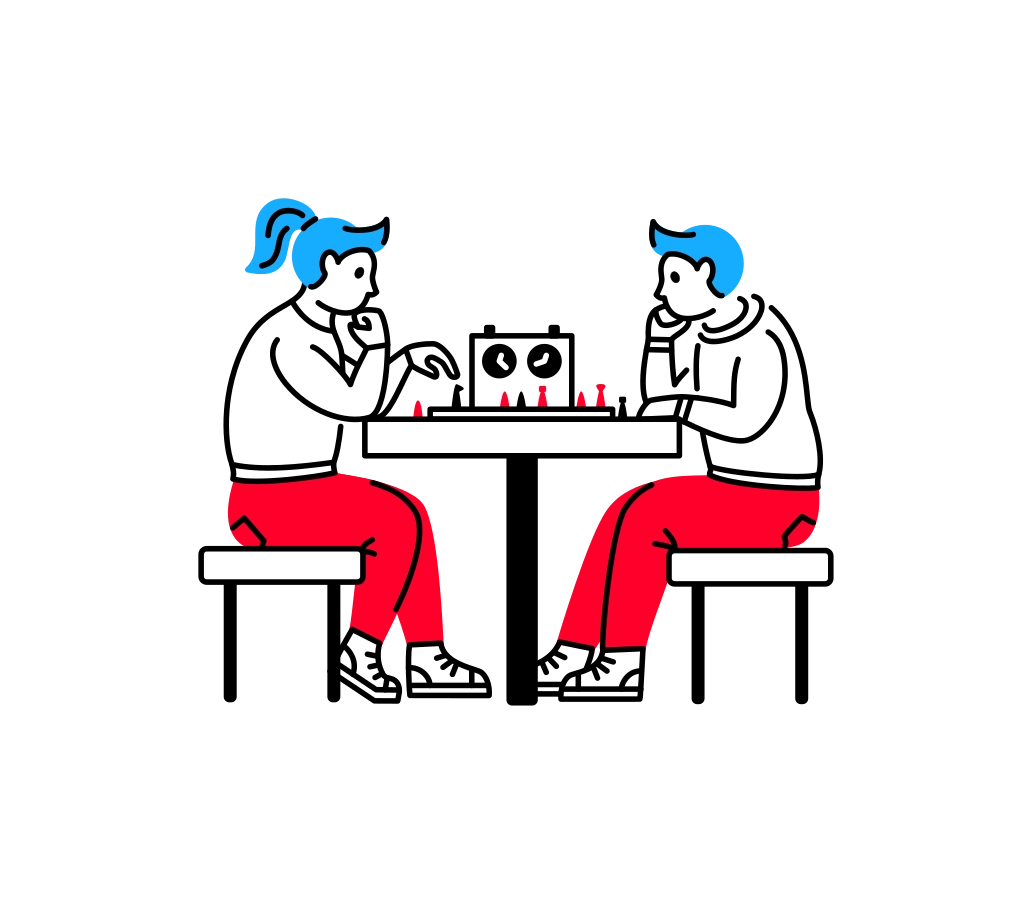

5 Types of Draw
There are 5 types of draw in chess: Stalemate, Three-fold Repetition, 50-Move rule, Lack of Mating Material, and Draw by Mutual Agreement.
1. Stalemate
A stalemate in chess is a type of draw when a player (whoever's turn it is) has no legal moves to make even though not in check.
In other words, when a player doesn't have any chances to move the king to a safe square even though its not under check, it's a stalemate situation.
Stalemate is like Checkmate, except that in a Stalemate, the King cannot move. In short, he has no safe squares. Therefore, when the opponent can't claim a win, yet the King has no safe squares to move, it's declared as a Draw.
It often happens in games between beginners because most of them remain unaware of checkmating techniques. For example, the famous Magnus Carlsen vs. Sergey Karjakin chess game in World Championship Match (2016), New York.
The pawn at g6 was the last move by White, and now, it's Black's turn. However, as Karjakin didn't have any legal move, the match ended in a draw.
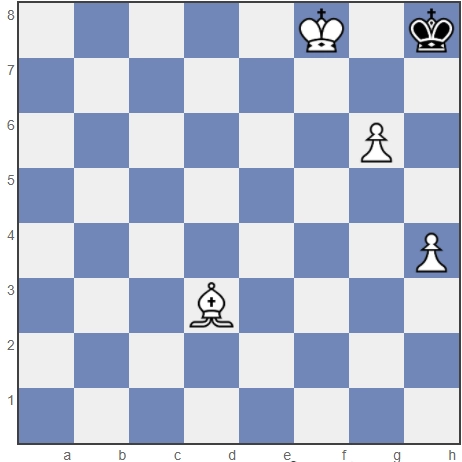
Magnus Carlsen vs Sergey Karjakin, World Championship Match, 2016
Other Famous Stalemate Chess Games:
Anatoly Karpov vs Garry Kasparov in 1991.
Anatoly Karpov vs Judit Polgar in a Rapid Match (1998) in Budapest.
Viswanathan Anand vs. Aleksey Dreev in a Candidates Match (1991) in Madras.
2. Three-Fold Repetition
A Draw by threefold repetition in a chess game means a position (of pieces of both the players) has been repeated three times during the game.
Not to forget, the pieces that appear in repetitive positions must have the same power and color, sitting on identical squares within a single game.
You need a scoresheet to claim a draw by threefold repetition. You've to show the repeated moves to the arbiter and demand a draw.
Example: Alexander Alekhine vs. Emanuel Lasker chess game in Moscow, 1914. In this match, both Alekhine and Lasker decided to declare a draw.
After the move 16.Qg6 (refer to the below picture), one thing was clear to both of the players.

Alexander Alekhine vs. Emanuel, Moscow, 1914. It is that Alekhine could push the match towards threefold repetition.
The moves could have been–16...Qe8 17.Qxh6+ Kg8 18.Qg5+ Kh8 19.Qh6+
3. Other Famous Chess Draws by Threefold Repetition:
Bobby Fischer vs Tigran V Petrosian in Candidates Final in 1971.
The historical man vs computer game between Deep Blue (Computer) and Garry Kasparov chess game (1996) in Philadelphia.
Viktor Korchnoi vs. Lajos Portischin in Belgrade in Russia (USSR) vs the Rest of the World 1970 match.
4. A 50-Move-Rule
A 50-move-rule says you can claim a draw when there's no pawn move or capture in the last 50 moves. In other words, you can claim a draw using the 50-move-rule only when you or your enemy player hasn't moved or captured any pawn in the last 50 moves
As pawn movement in a chess game is like the baby steps towards Checkmate, this rule rarely gets implemented in high level games.
Sometimes, though, it's seen amongst recreational chess games. You will need the scoresheet to claim a draw under this rule because you must prove that nobody played or captured any pawn in the last 50 moves.
For example, Anatoly Karpov vs. Garry Kasparov played a match in 1991 that ended in a draw after 114 moves.
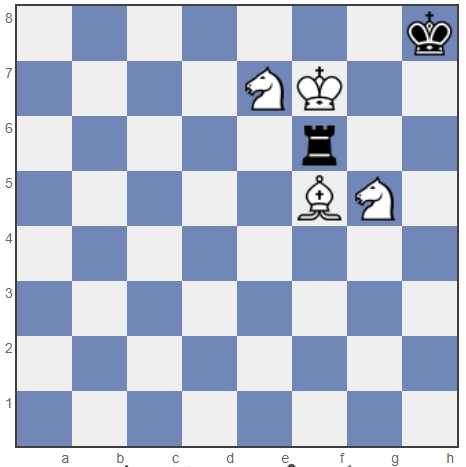
Anatoly Karpov vs. Garry Kasparov,1991 The last movement of a pawn capture occurring on White's 63rd move, was a draw by the fifty-move rule after Black's 112th move. However, none of the players claimed it.
5. Other Famous Chess Draws by 50-Move Rule:
Lputian Vs. Haroutjunian in the Armenian Championship, 2001.
Ngoc Truongson Nguyen vs. Maxime Vachier-Lagrave during Aeroflot Open (2008), Moscow.
6. Lack of Mating Material
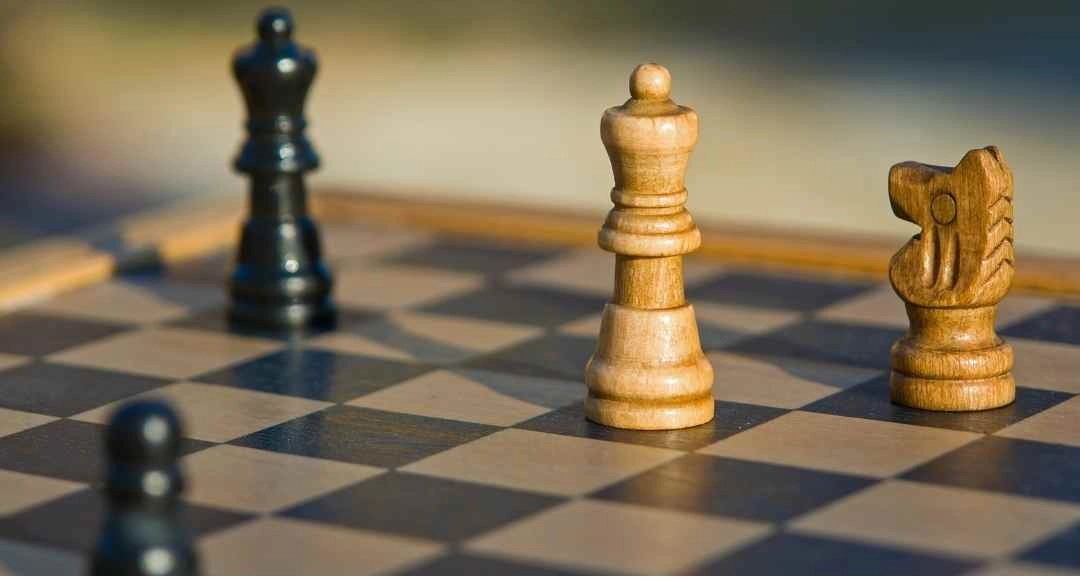
A draw can also be claimed when both the players can't make any legal move or any progress towards Checkmate. If there's no chance for a checkmate, it is also called a dead position.
7. If the chess game ends up only with the following pieces, then the game is declared drawn:
King against King and bishop;
King against King and knight;
King and bishop against King and bishop with both bishops on squares of the same color
An example of drawing chess games because of dead position:
Carlsen vs. Nepomniachtchi, first game out of 14 games in the World chess championship match in Dubai, 2021.

Carlsen vs. Nepomniachtchi, Game 1, World chess championship match, Dubai, 2021 After 36th move, there was no significant signs of mating.
The moves were: 37. Kc2 Rb7 38. h4 Kf7 39. Ree1 Kf6 40. Ne3 Rd7 41. Nc4 Re7 42. Ne5 Rd6 43. Nc4 Rc6 44. Ne5 Rd6 45. Nc445 As you can see, the moves keep repeating.
I guess the players realized this sooner than expected and agreed for a drawn result.
8. Mutual Agreement
A draw by mutual agreement takes place when both the players agree that there's no possibility for further development.
Therefore, it's better to end in a draw. It mostly happens between Grandmasters and Super-grandmasters.
However, the rules by FIDE don't allow a game drawn by mutual agreement before playing.
A famous mutually agreed drawn match is Fabiano Caruana vs. Magnus Carlsen during the World Championship Match in London, 2018.
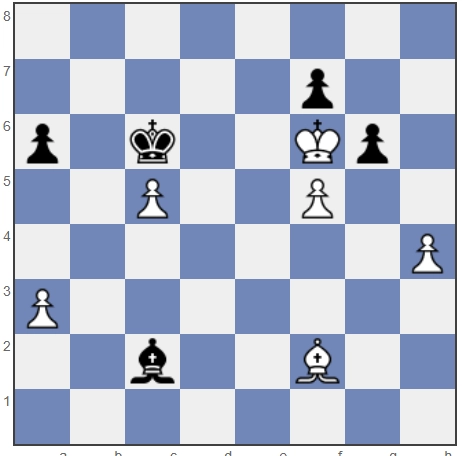
Caruna vs. Carlsen, 2018 Another example is Yuri L Averbakh vs Bobby Fischer in Portoroz Interzonal (1958).
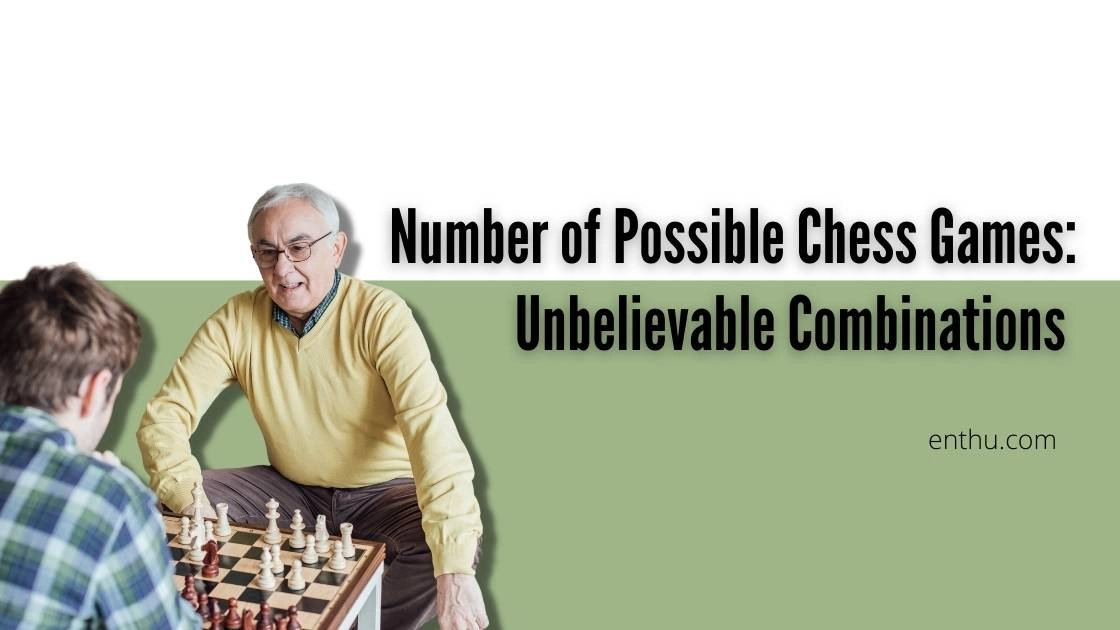
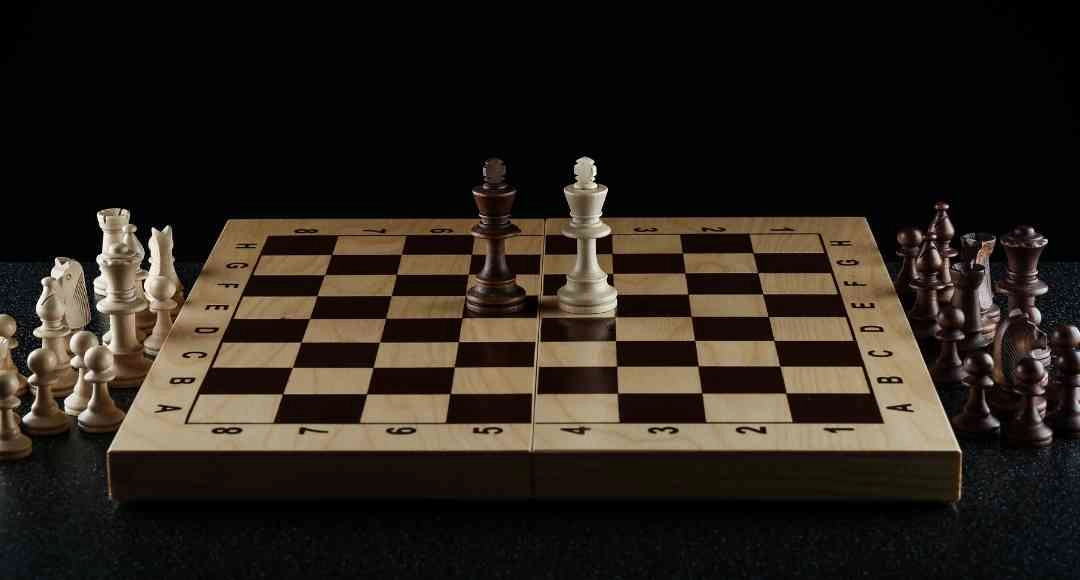
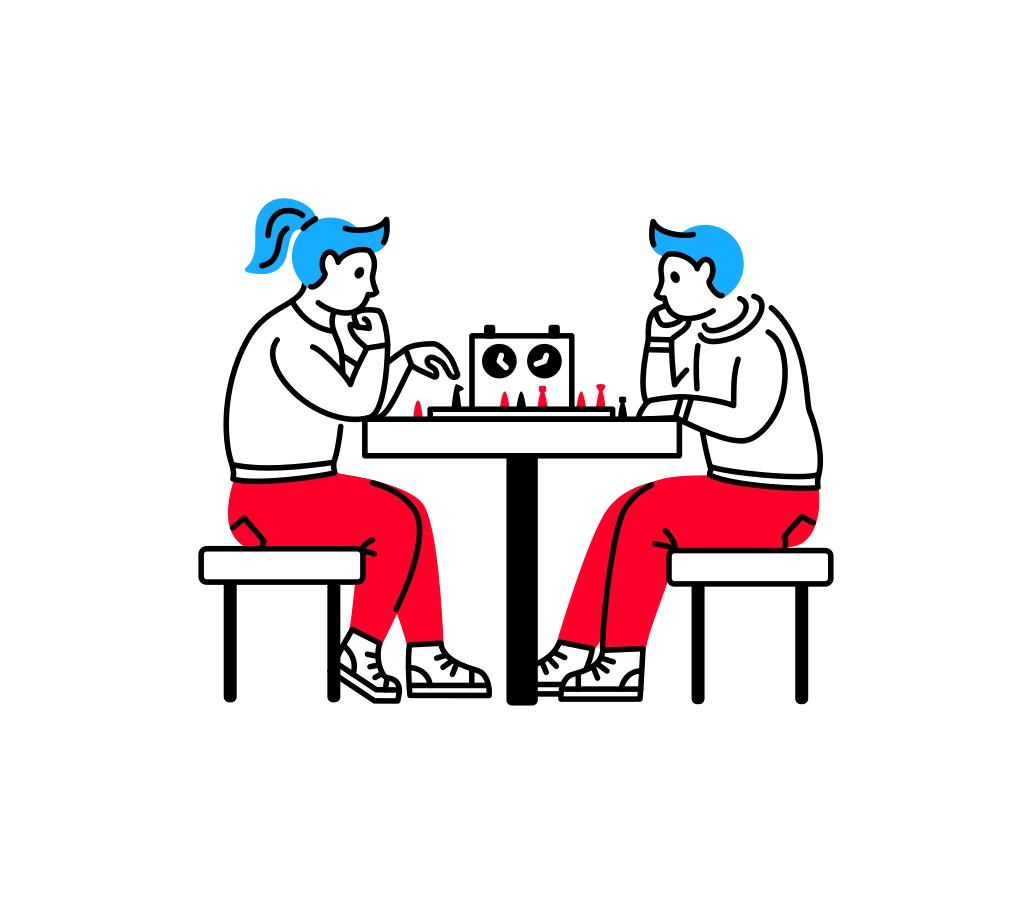

Conclusion
"If your opponent offers you a draw, try to work out why he thinks he's worse off." — Nigel Short Dear readers, I suggest drawing only when you find yourself out of ways to capture an opponent's chess pieces or pawns. Also, if you're too nervous while playing against a strong player, then drawing is a good option.
However, it shouldn't be your strategy. Your strategy must be to win the game. Remember what Nigel Short said about the draw. Find out why your opponent thinks they're on the weaker side before jumping into the draw-by agreement.
FAQ
1. What does it mean when an opponent offers a draw in chess?
When an opponent offers a draw, they are suggesting that neither player can win the game, and that the best outcome for both sides is to end the game in a stalemate rather than continue to play.
2. When is it appropriate to accept a draw?
Accepting a draw can be appropriate when you feel you have no good moves left, are in a significantly weaker position, or your opponent plays well enough that winning seems unlikely. It's also a suitable choice if you're feeling nervous against a stronger player.
3. Should drawing be part of my overall chess strategy?
While drawing can be a tactical choice in specific situations, it should not be your primary strategy. Aim to win games and improve your skills, but maintain the option to draw when circumstances demand it.
4. How can I determine if my opponent thinks they're worse off?
Pay attention to your opponent's moves and overall position. If they seem hesitant, backtrack, or offer a draw suddenly, it might indicate that they feel pressured or in a weaker position. Assess the board situation before agreeing to a draw.
5. What is the best approach to improve my chess strategy?
Focus on studying tactics, practicing regularly, analyzing games (both your own and others'), and learning from losses. Developing a mindset geared towards winning while knowing when to consider drawing can enhance your overall game.
6. Can drawing impact my rating in chess?
Yes, accepting a draw can impact your rating depending on the context (e.g., online platforms, tournament settings). Be aware of your current ranking and how a draw may affect your progress before making a decision.


Comments